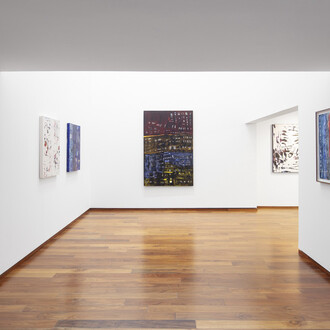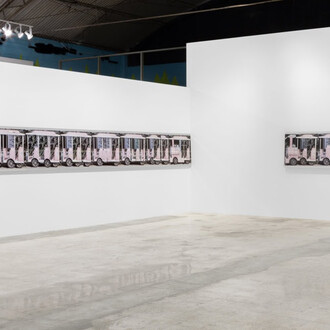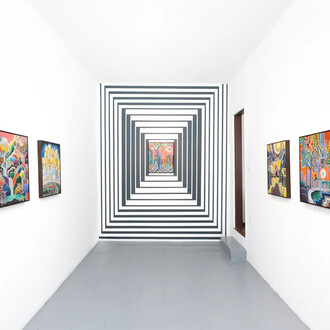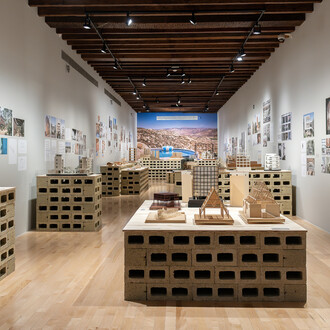El Cuarto de Máquinas is pleased to present Delirio óseo (Osseous delirium), a solo exhibition by Mexican artist Serena Creciente (Samantha Lomelín), bringing together sculpture and photography in a reflection on form, matter, and presence beyond representation. In this body of work, sculpture functions not as image or symbol, but as an autonomous entity that asserts itself through its mere existence. The exhibition will open on Thursday, July 17 at 7:00 p.m. and will be open to the public by appointment until Saturday, August 16, 2025.
Delirio óseo (Osseous delirium) offers a critical reflection on the notion of sculptural form understood not as representation, but as ontological affirmation. Far from images, symbolism, or narrative discourse, these works are articulated through a logic in which matter and structure are not subordinate to any external meaning, but are instead self-affirming conditions of existence.
The sculptures gathered here are deliberately positioned outside traditional frameworks of meaning. They do not seek to be understood or interpreted. They do not refer to any external referent, nor do they engage in a symbolic economy. In this sense, their conceptual proximity to haniwa, funerary objects from Japanese tradition, is particularly relevant: objects conceived not to represent or communicate, but to exist as autonomous entities whose presence requires no justification.
The material, wire, in this case, is not a neutral vehicle. It is an active agent whose resistance, bending, and torsion generate forms that emerge from a constant tension between control and indeterminacy. Some pieces are displayed in their essential structure, others are covered by membranes that conceal without defining. Fire, present in several of the works, does not act as a destructive agent, but as a transformative force: it marks, alters, blackens, but does not erase. What remains is not a testimony of ruin, but the persistence of form through alteration.
There is no intent here to offer comfort, nor to evoke emotional resonance. These sculptures do not aim for empathy or recognition. Their visual and conceptual density, raw materiality, and inescapable presence make them confrontational entities from the realm of the unrepresentable. They are not symbolic forms, but material bodies that challenge traditional interpretive categories.
Ultimately, these works refuse to occupy a subordinate place within the order of the interpretable. They are not offered to the viewer as decipherable objects but rather confront the viewer as autonomous, deliberately opaque forms. The question is not what they mean, but what their existence demands. Faced with them, it is not the object that must justify itself to the world, but the world that must reconfigure itself in response to the unrelenting insistence of their presence.













